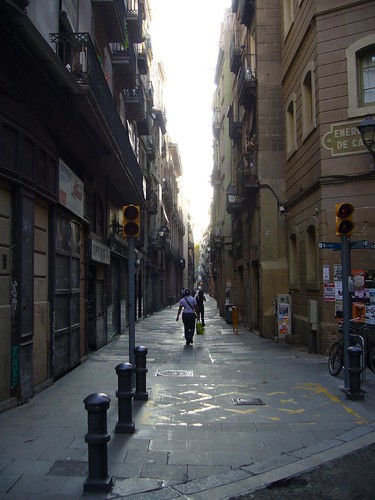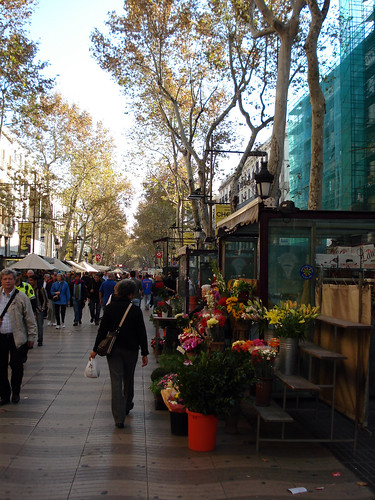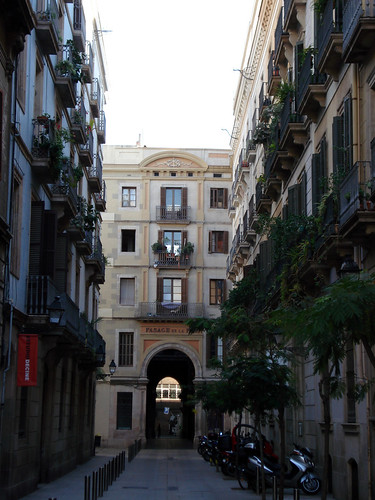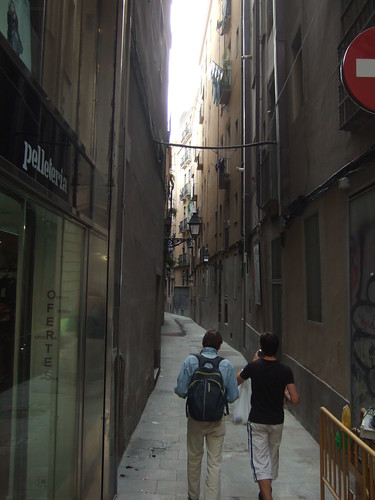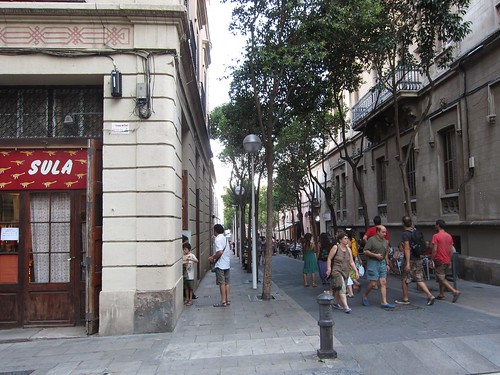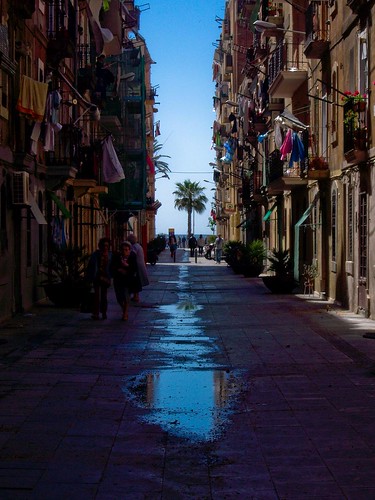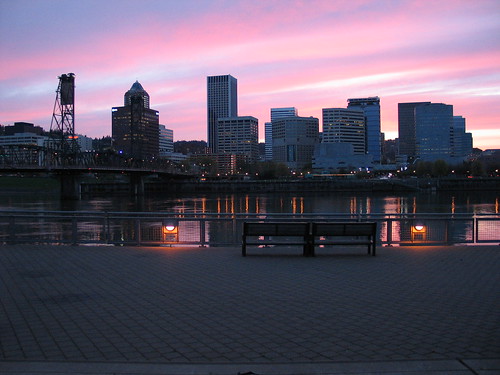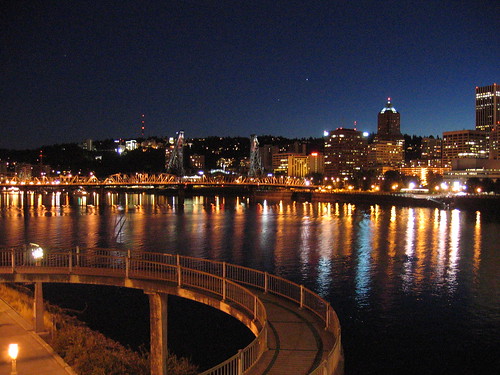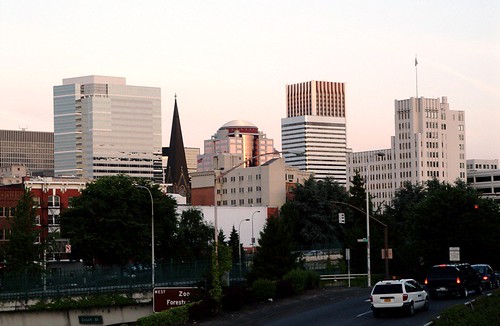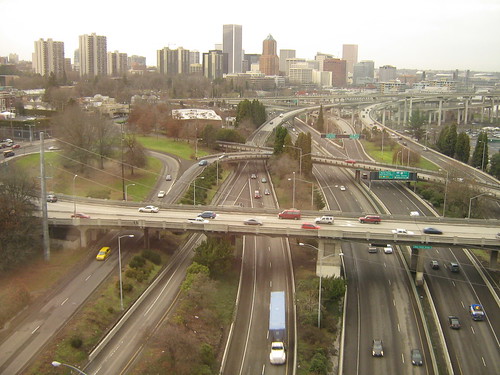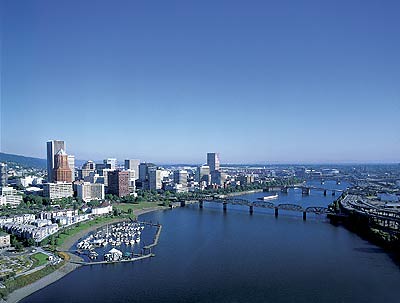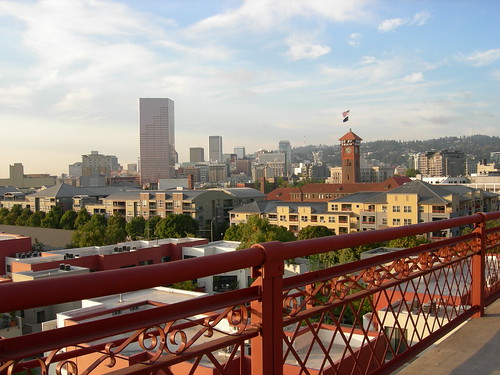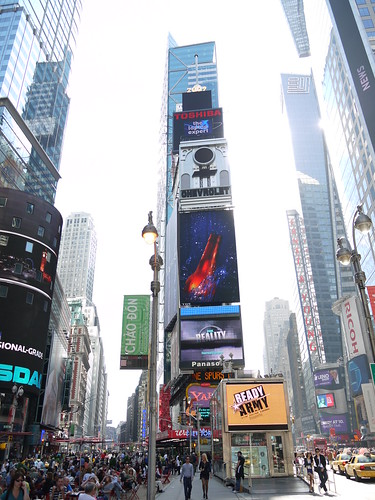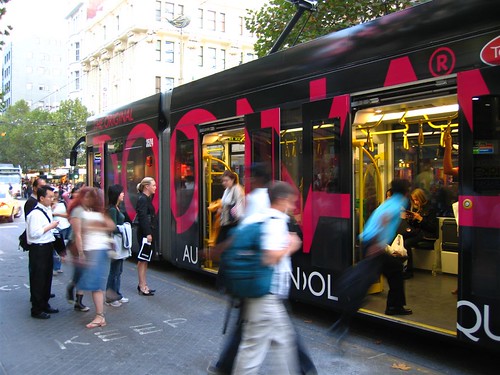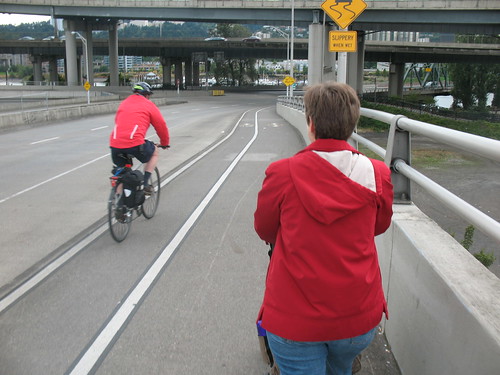Planning
Sustainable Cities: Global Report on Human Settlements 2009 assesses the effectiveness of urban planning as a tool for dealing with the unprecedented challenges facing 21st-century cities and for enhancing sustainable urbanization.
There is now a realization that, in many parts of the world, urban planning systems have changed very little and are often contributors to urban problems rather than functioning as tools for human and environmental improvement. Against this background, the Global Report’s central argument is that, in most parts of the world, current approaches to planning must change and that a new role for urban planning in sustainable urban development has to be found. The Global Report argues that future urban planning must take place within an understanding of the factors shaping 21st-century cities, including:
• the environmental challenges of climate change and cities’ excessive dependence on fossil fuel-powered cars;
• the demographic challenges of rapid
urbanization, rapid growth of small- and medium-sized towns and an expanding youth population in developing nations, and, in developed nations, the challenges of shrinking cities, ageing and the increasing multicultural composition of cities;
• the economic challenges of uncertain future growth and fundamental doubts about market-led approaches that the current global financial crisis have engendered, as well as increasing informality in urban activities;
• increasing socio-spatial challenges, especially social and spatial inequalities,
urban sprawl and unplanned periurbanization; and
• the challenges and opportunities of increasing democratization of decision-making as well as increasing awareness of social and economic rights among ordinary people.
An important conclusion of the Global Report is that, even though urban planning has changed relatively little in most countries since its emergence about 100 years ago, a number of countries have adopted some innovative approaches in recent decades. These include strategic spatial planning, use of spatial planning to integrate public-sector functions, new land regularization and management approaches, participatory processes and partnerships at the neighbourhood level, and planning for new and more sustainable spatial forms such as compact cities and new urbanism. However, in many developing countries, older forms of master planning have persisted. Here, the most obvious problem with this approach is that it has failed to accommodate the ways of life of the majority of inhabitants in rapidly growing and largely poor and informal cities, and has often directly contributed to social and spatial marginalization.
There are a number of key messages emerging from the Global Report, all of them contributing towards finding a new role for urban planning in sustainable urban development. One important message is that governments should increasingly take on a more central role in cities and towns in order to lead development initiatives and ensure that basic needs are met. This, to a large extent, is a result of the current global economic crisis, which has exposed the limits of the private sector – in terms of its resilience and future growth as well as the ability of the ‘market’ to solve most urban problems. It is clear that urban planning has an important role to play in assisting governments to meet the urban challenges of the 21st century.
As the world becomes numerically more urban, it is important that governments accept urbanization as a positive phenomenon and an effective means for improving access to services, as well as economic and social opportunities. If urban planning is to play a more effective role as a consequence of this policy orientation, countries need to develop overall national urban strategies.
With respect to the reconfiguration of planning systems, the Global Report’s message is that careful attention
should be given to identifying opportunities that can be built on, as well as factors that could lead to the subversion and corruption of planning institutions and processes. In particular, urban planning needs to be institutionally located in a way that allows it to play a role in creating urban investment and livelihood opportunities through responsive and collaborative processes as well as coordination of the spatial dimensions of public-sector policies and investment.

